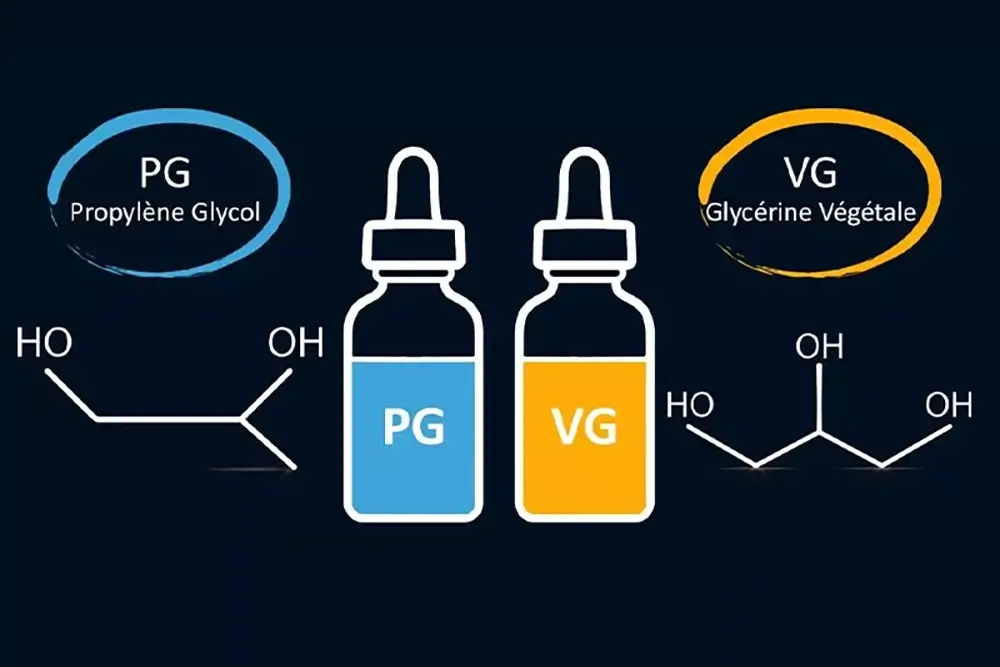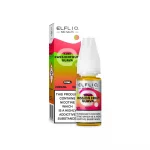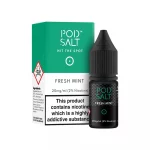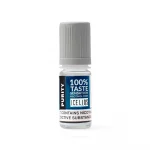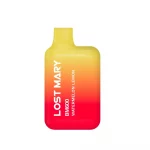Vaping is often considered to be an incredibly complex process but whilst the intricacies of heat not burn technology do require some technical know-how to manufacture and design, the vape liquids that it provides a vehicle for are indeed relatively simple in their makeup. All e-liquids are made up of five main ingredients – flavourings, nicotine, propylene glycol and vegetable glycerine that are all mixed into a water-based solution and sold as e-liquids at CBD Vape 4 U and other vaping supply retailers. Whilst nicotine and flavourings have their own complexities and are widely understood by the general public. Propylene glycol and vegetable glycerine, on the other hand, might be a little more obscure to most people.
This blog will explore how propylene glycol and vegetable glycerine work, where they come from and why these substances are so important in e-liquids. Whether you’re new to vaping or not, having a better understanding of the relationships between these ingredients could help you make the right purchases at our vape shop in Blackfriars Station, or indeed help when you mix your own e-liquids.
What Is Propylene Glycol?
Propylene glycol is a type of liquid that carries no flavour or colour and is commonly used in food products as a preservative. It’s also found in several types of medication, most prominently aerosol asthma inhalers. You’ll also find propylene glycol used in some cosmetic products and even antifreeze. Don’t worry though, it’s perfectly safe to inhale in vape products!
What Is Vegetable Glycerine?
Vegetable glycerine is derived from animal fat, plant matter or petroleum and is a sugar alcohol. Having been used by humans since the late 19th century, vegetable glycerine is a sweet syrupy liquid and a common ingredient in cosmetic products, food and some pharmaceuticals. A useful substance for mixing and coagulating substance that wouldn’t normally mix, vegetable glycerine provides the thickness of vape liquids.
Apart from the IQOS London and dry herb vaporisers, propylene glycol is used in every vaporisable nicotine replacement out there. Propylene glycol carries the nicotine and flavour in an e-liquid and has watery thinness that makes it easily blendable in vape liquids. Without propylene glycol, no vape liquids would have any flavour or nicotine at all.
What Does PG Do In E-Liquids?
Apart from dry herb vaporisers and the heated tobacco IQOS cigarette replacement, vegetable glycerine is used in all e-liquids and vape products. Whilst it doesn’t carry the flavour or the nicotine – two of the most important ingredients in e-liquid for returnability – it does add a thickness to the vape juice. This is important as it helps to keep the e-liquid at a thicker consistency than propylene glycol would, which means that it can be saturated into wicking cotton. If e-liquid was more watery, it wouldn’t turn into a vapour when heated up.
The Importance of PG/VG Ratios
The PG/VG ratio on your pre-filled e-liquid is important as it tells you what the balance between the two organic compounds is going to be for that specific vape liquid. Higher VG means thicker vape clouds and less nicotine, whilst high PG liquids put taste and nicotine concentration over the thickness of your vapour. 50/50 are the best of both and it’s up to you to decide what vape liquid is right for you.

